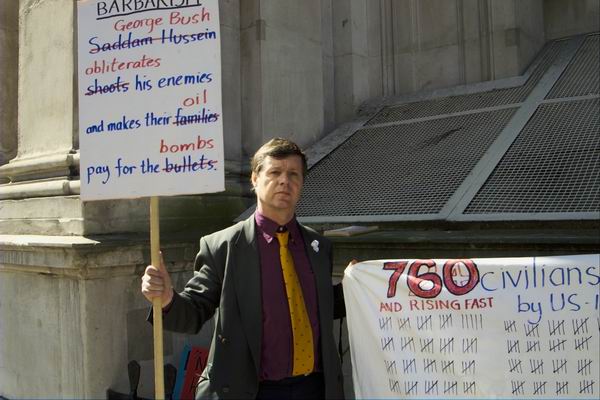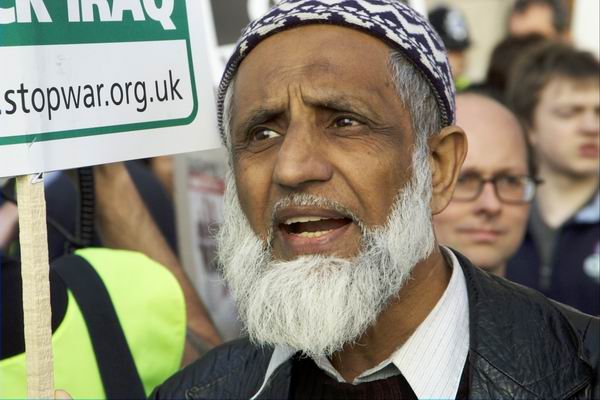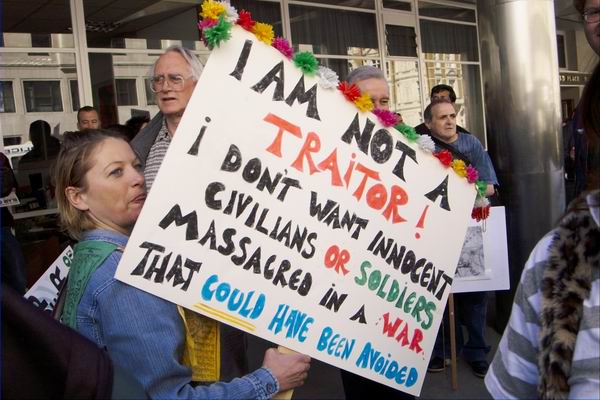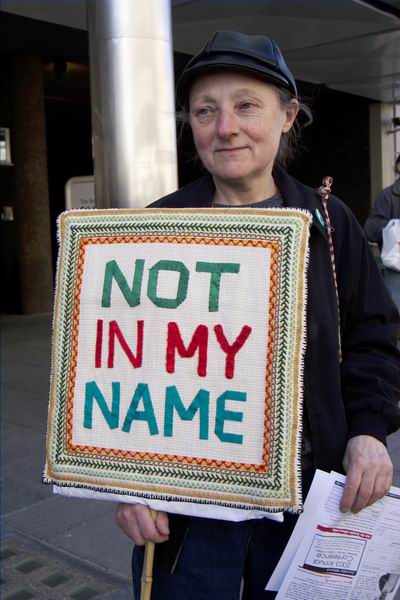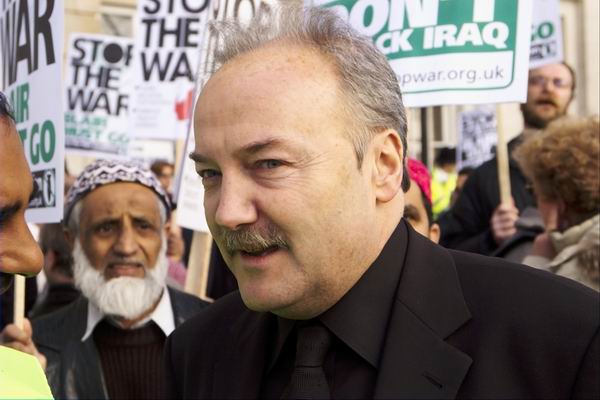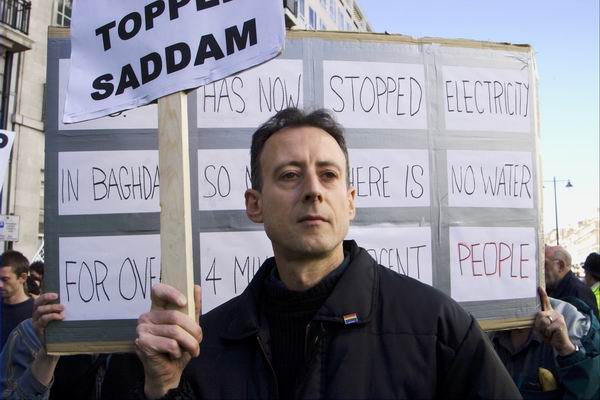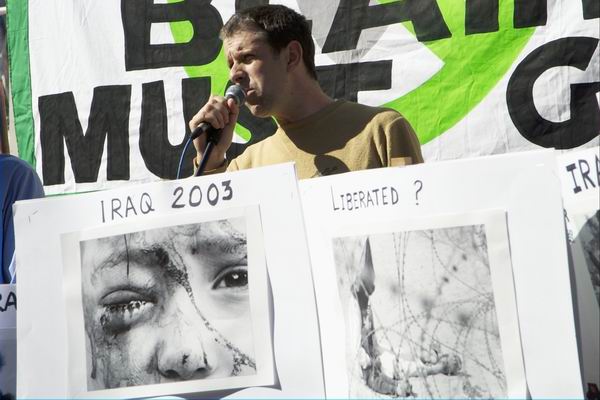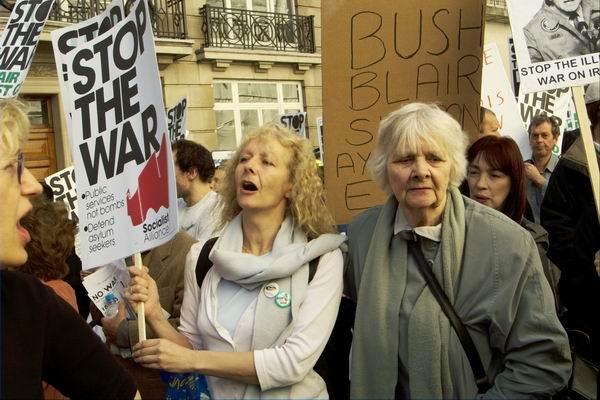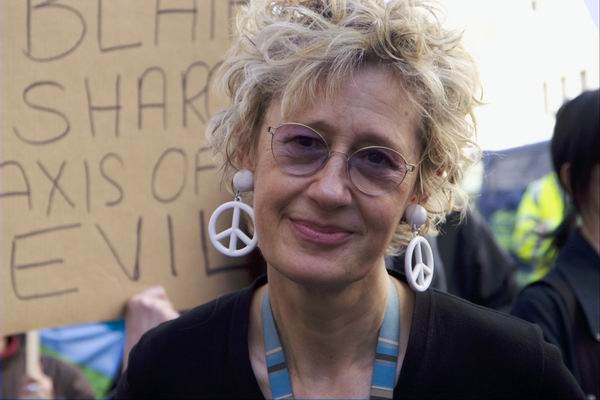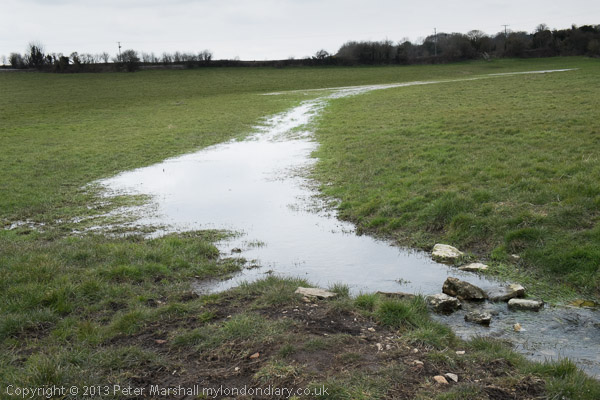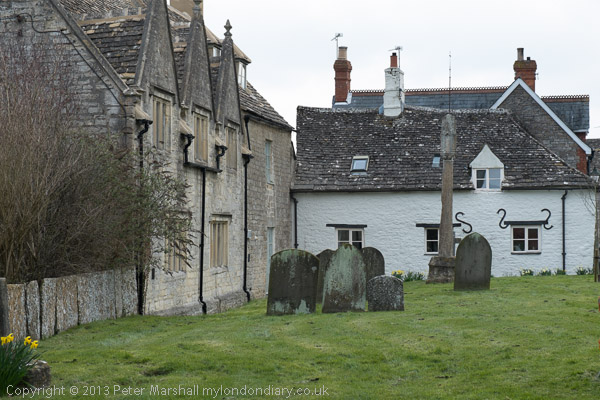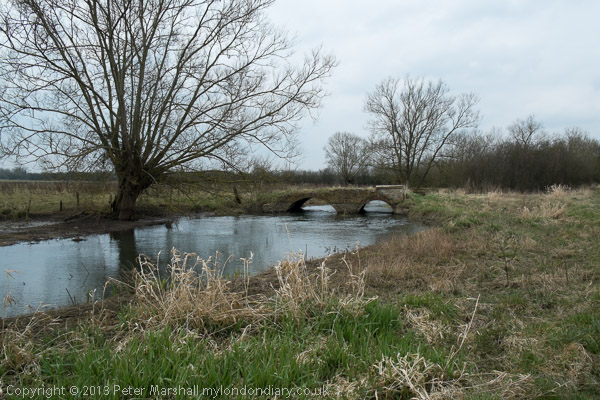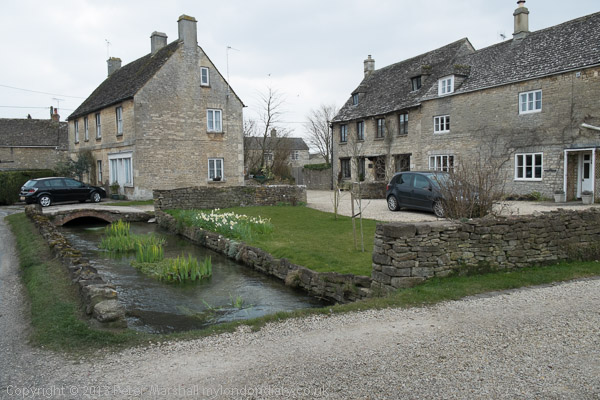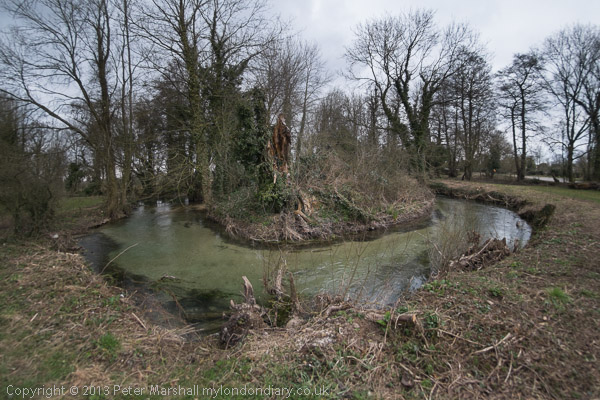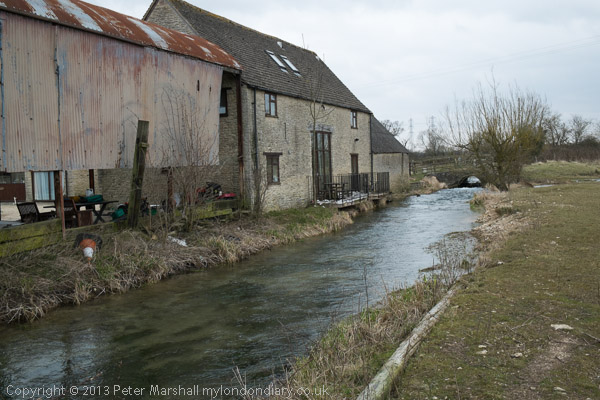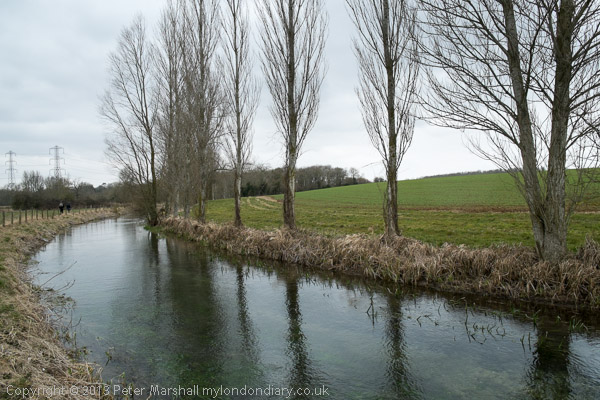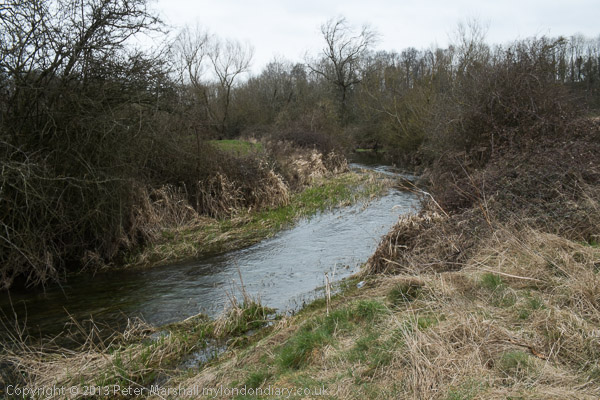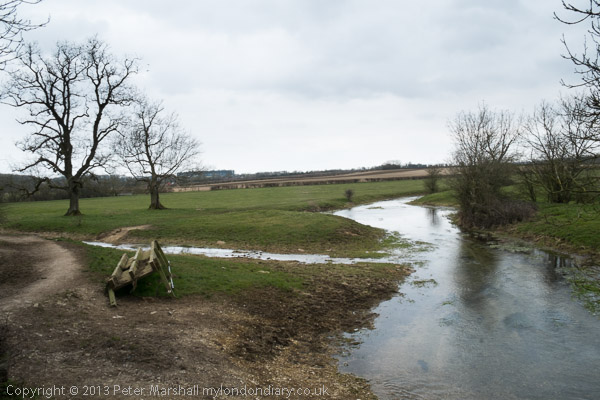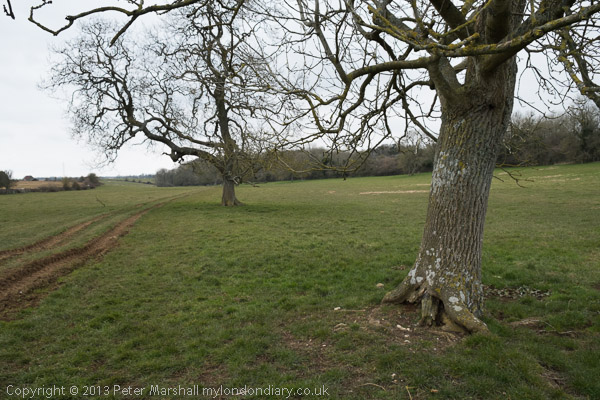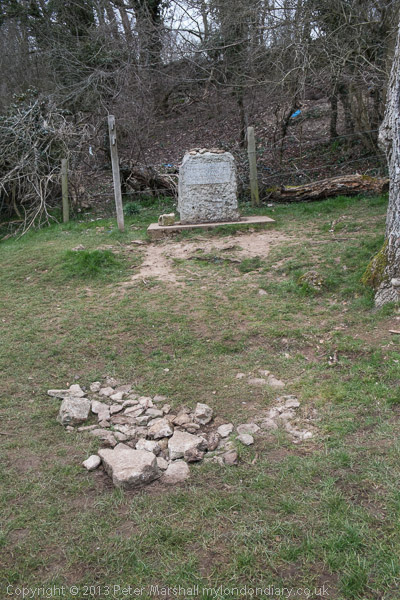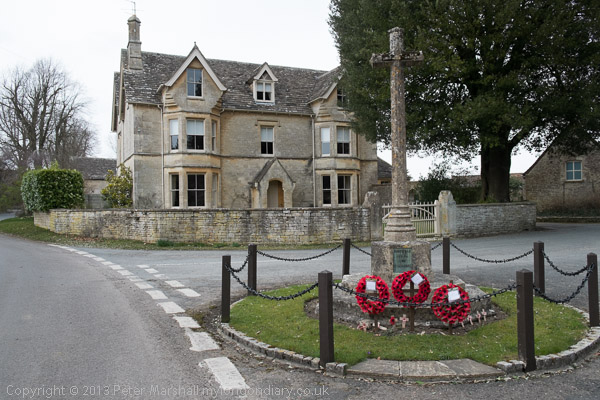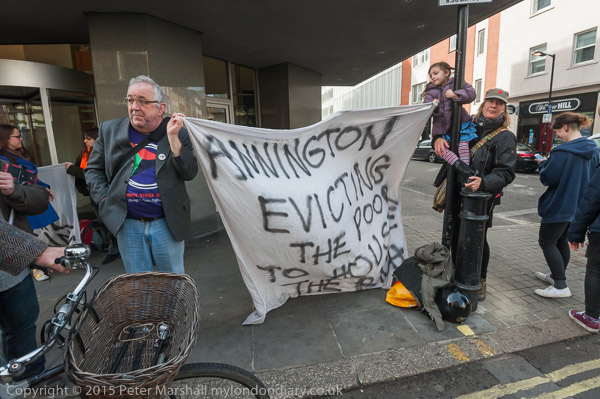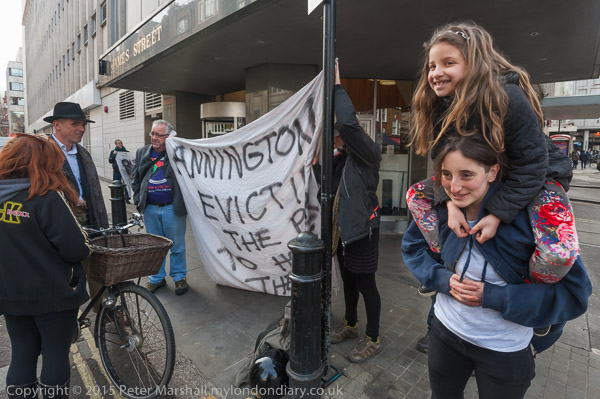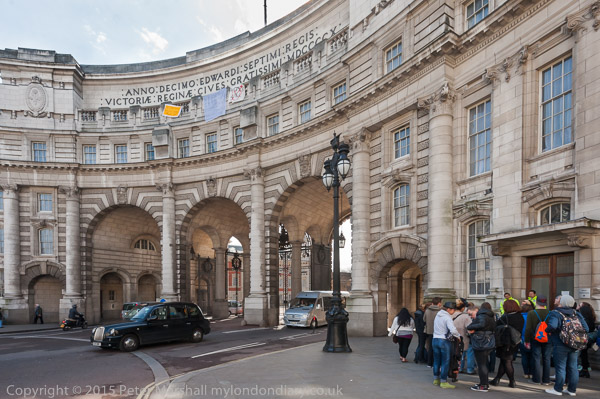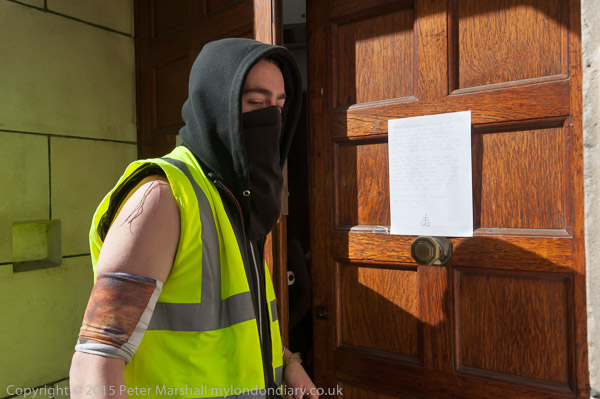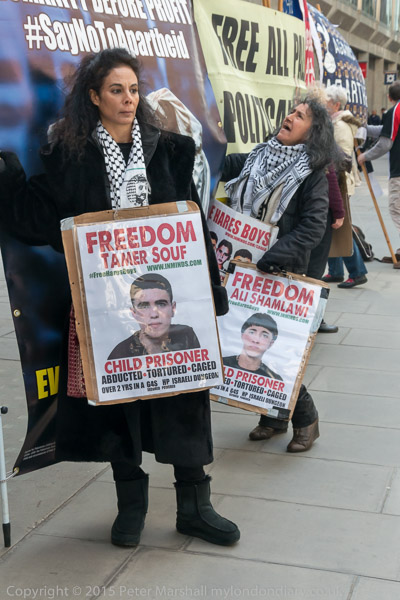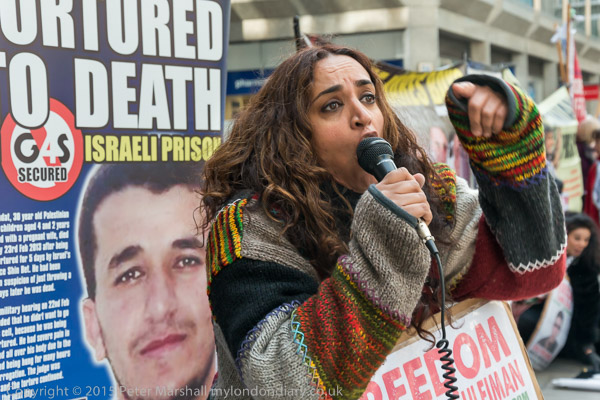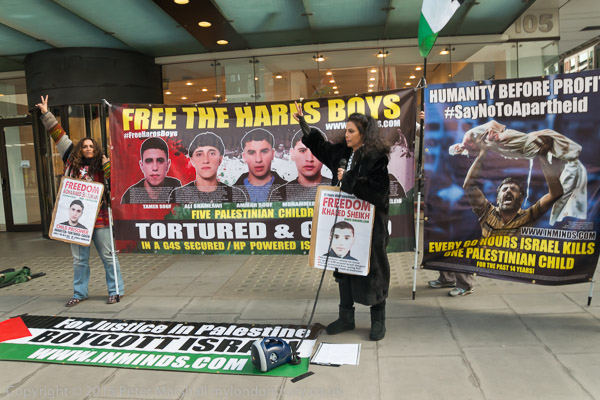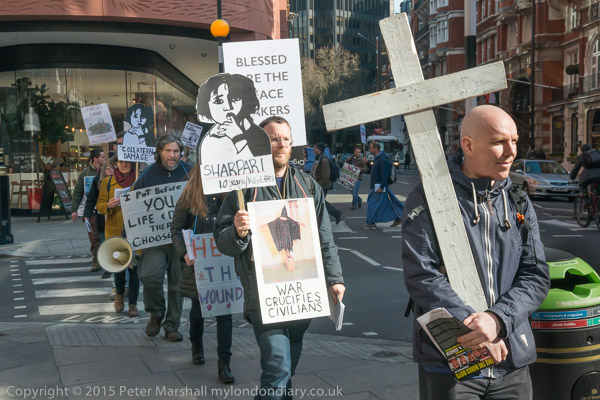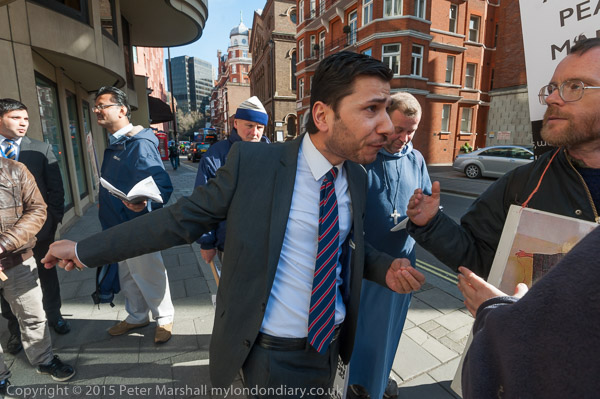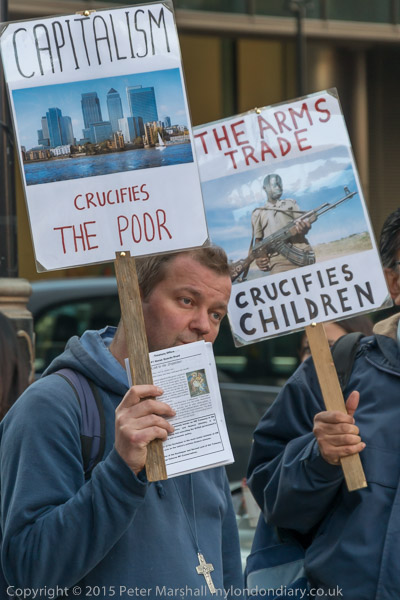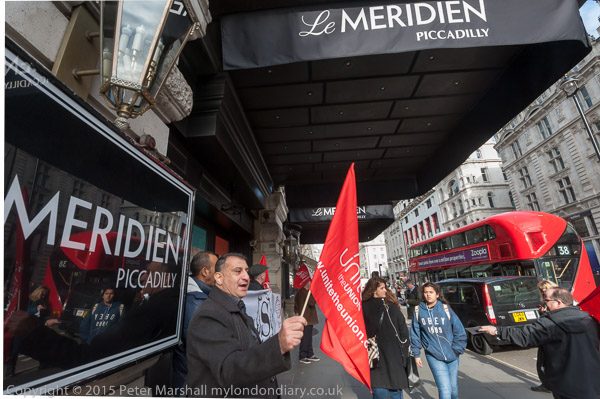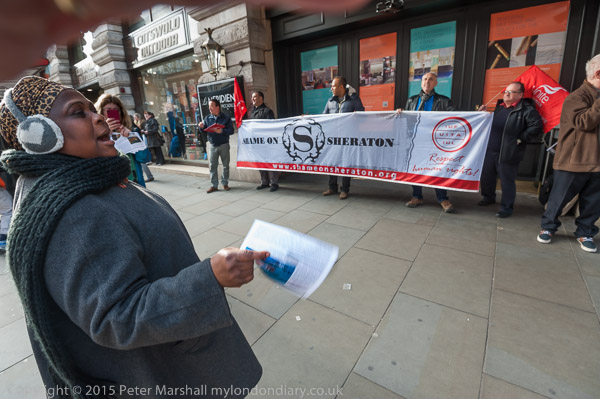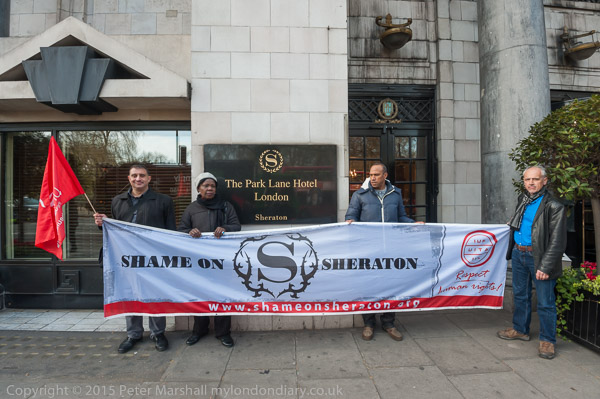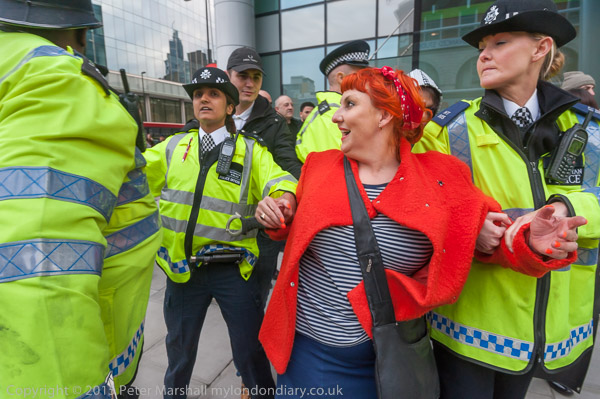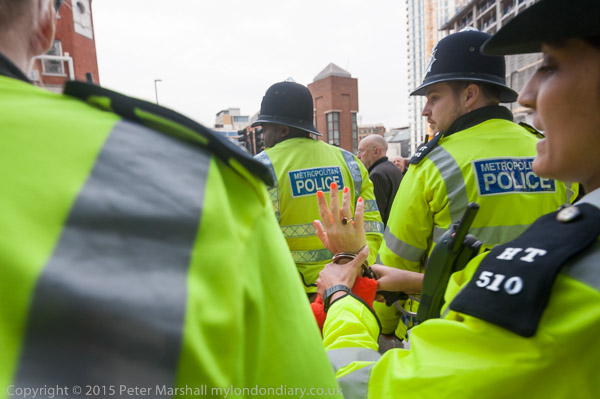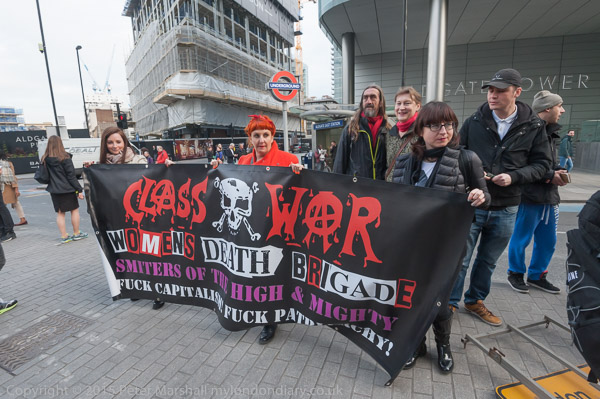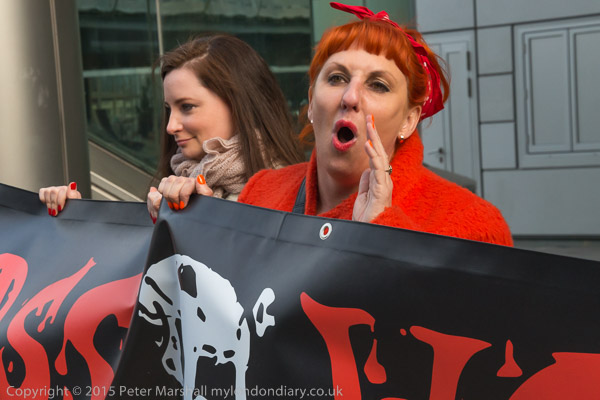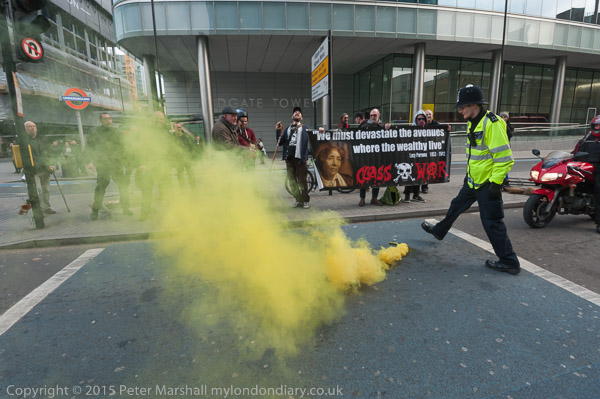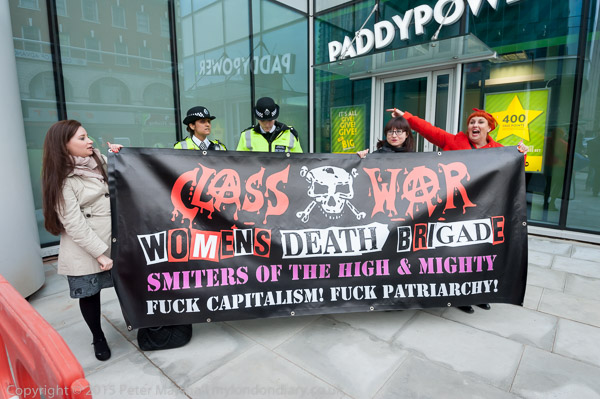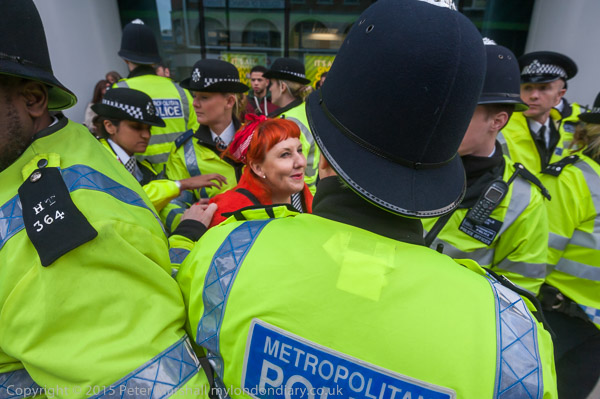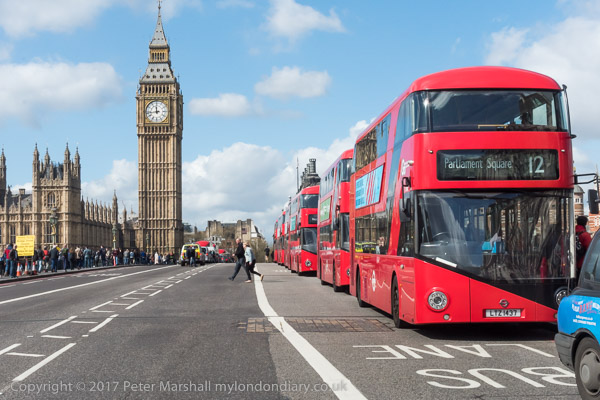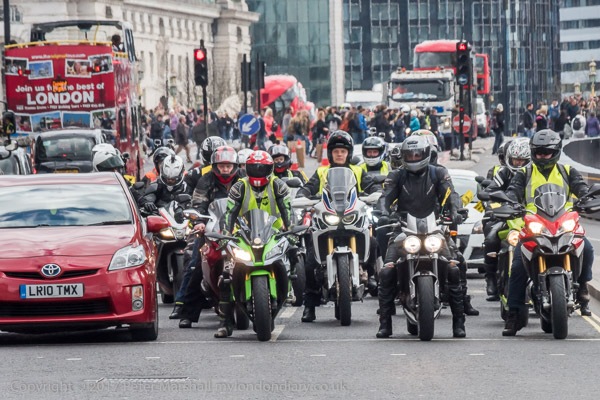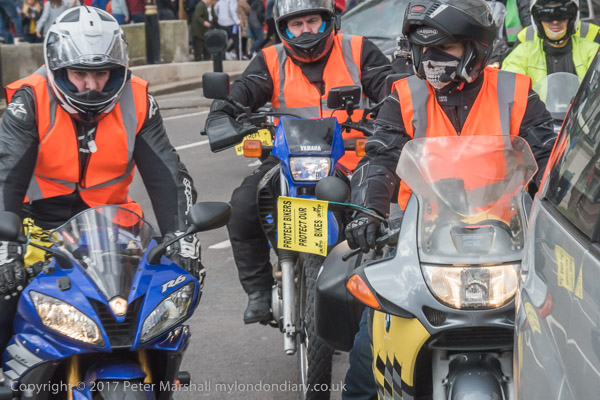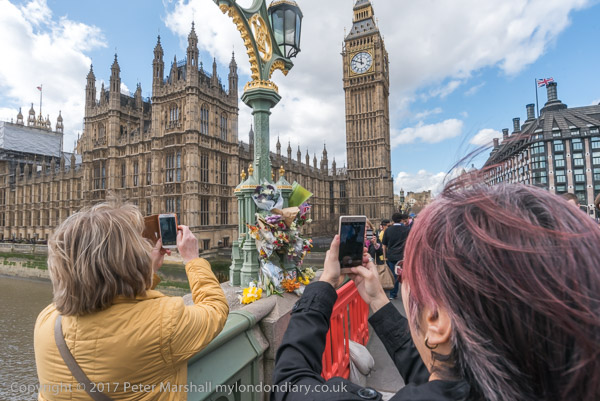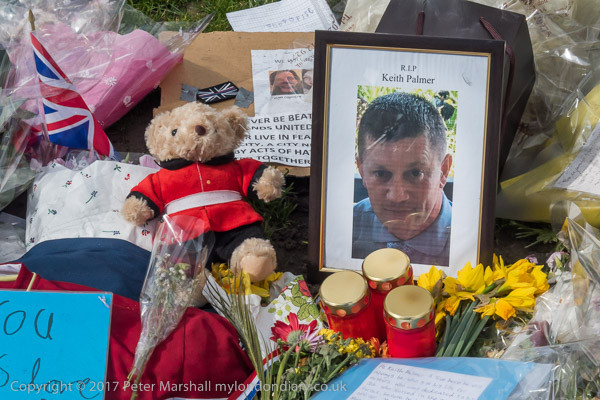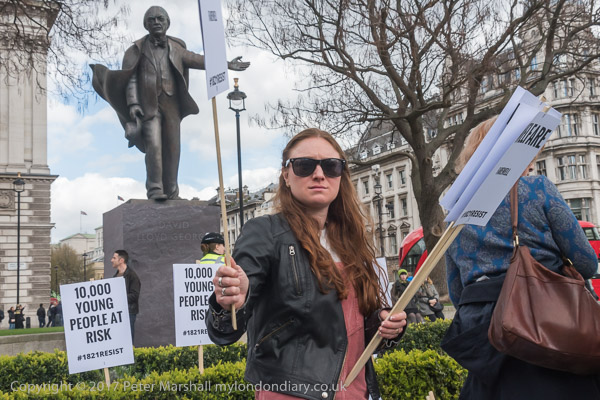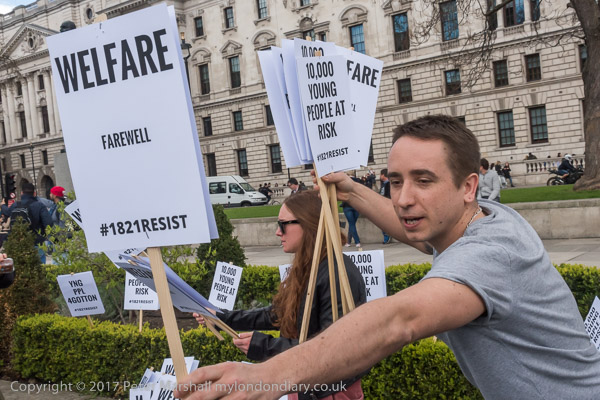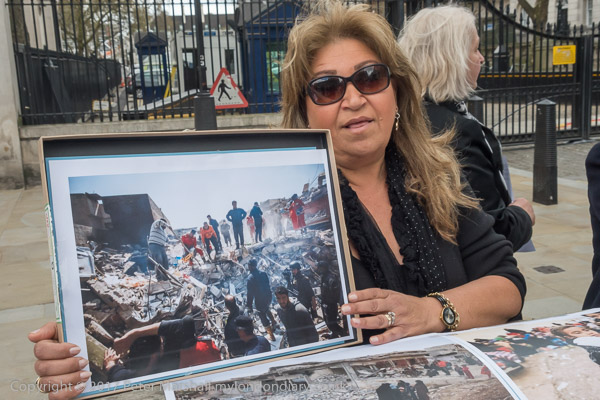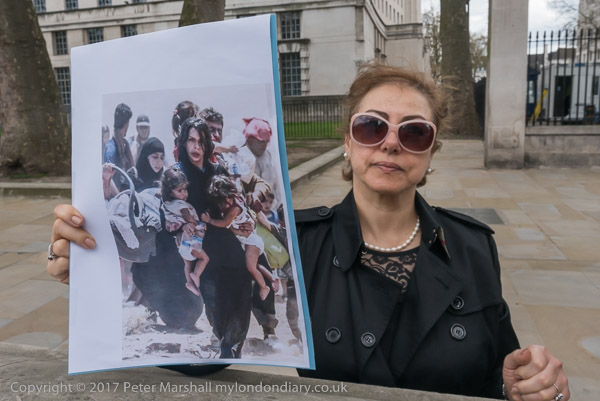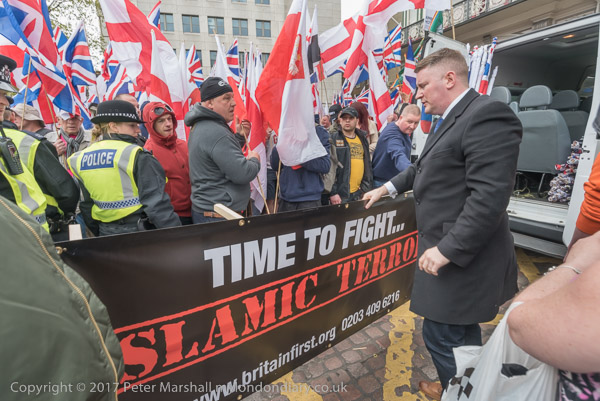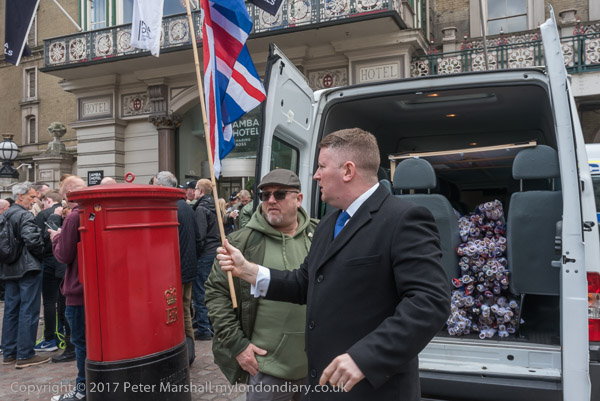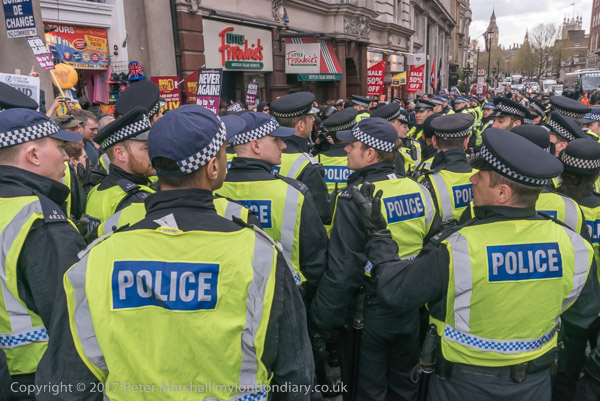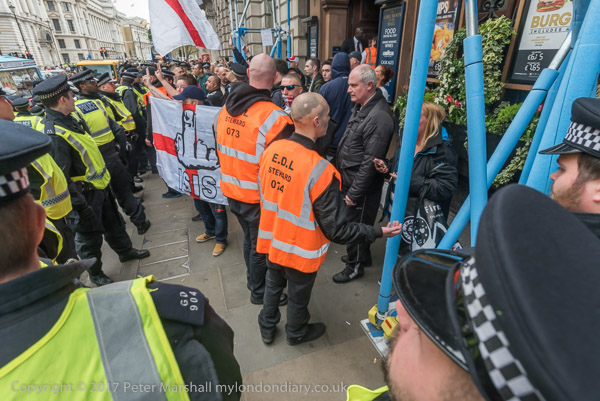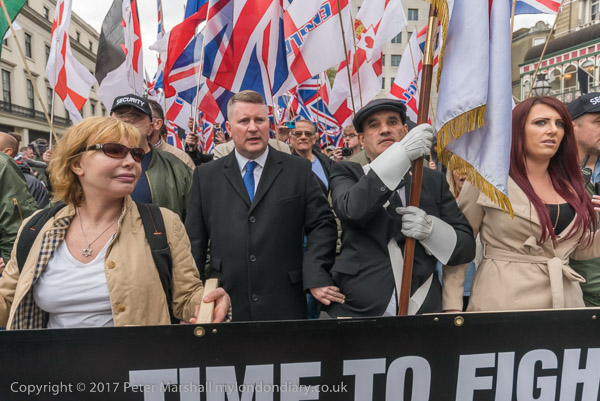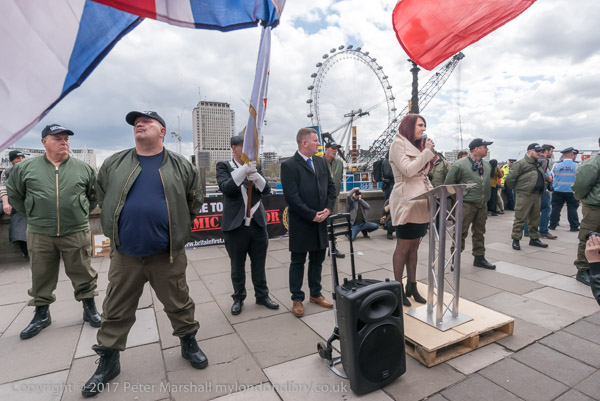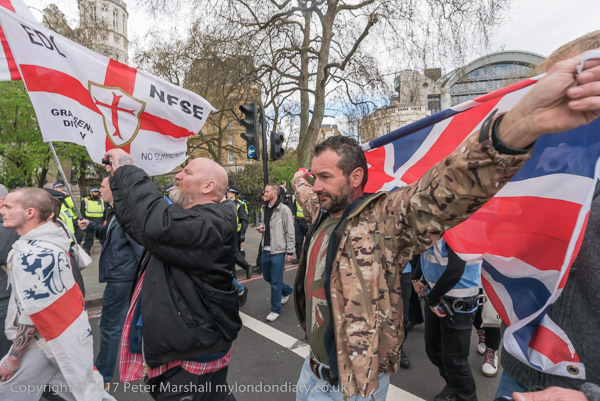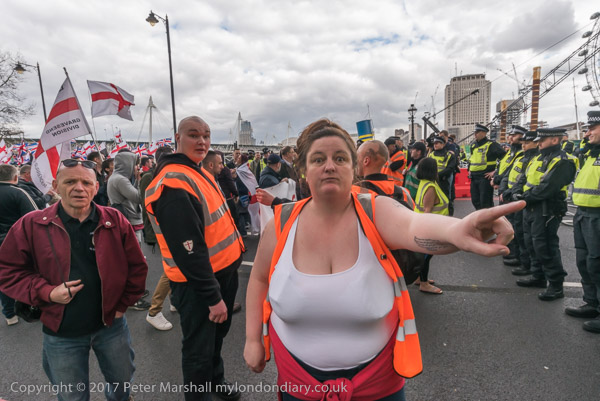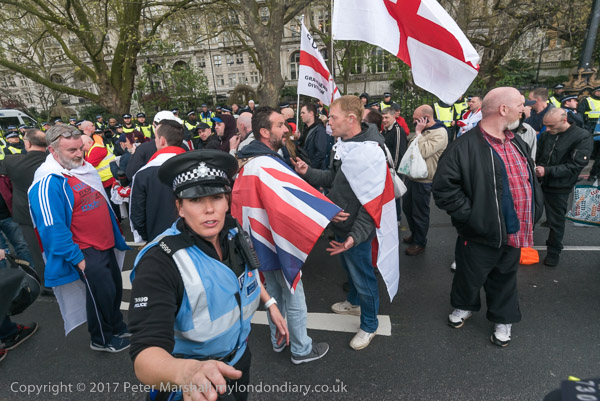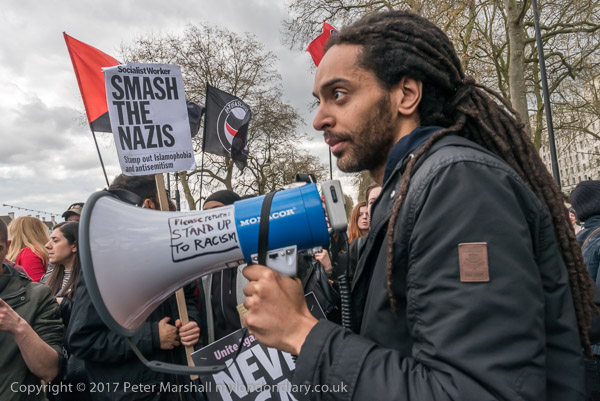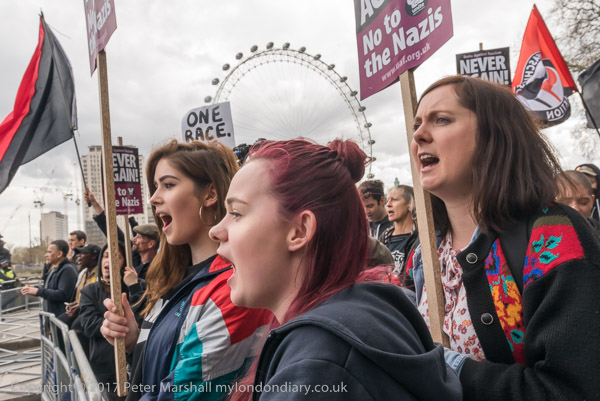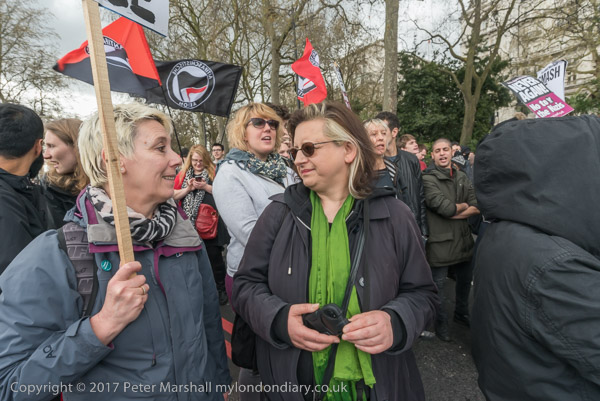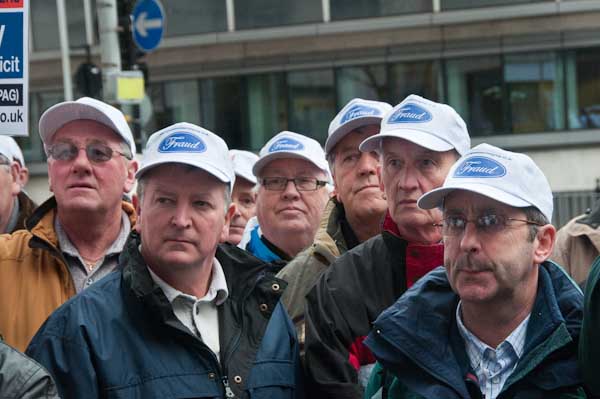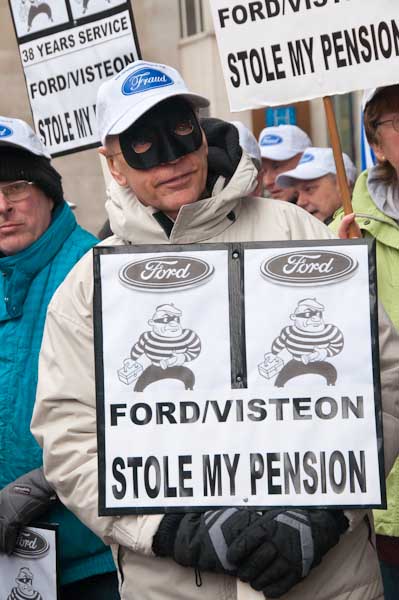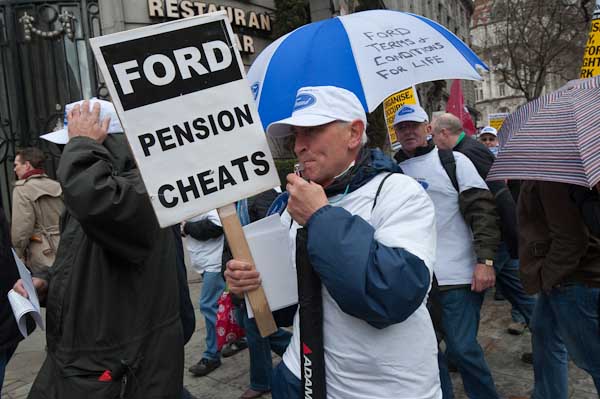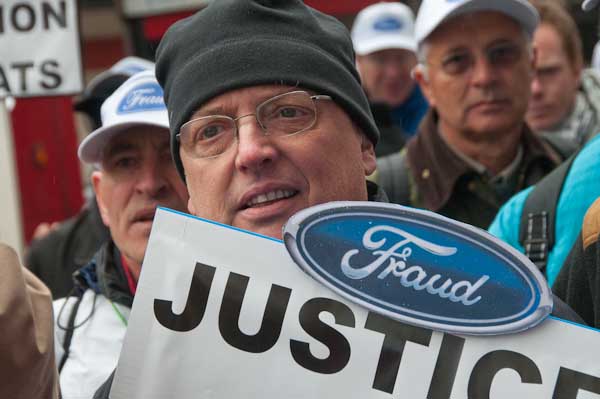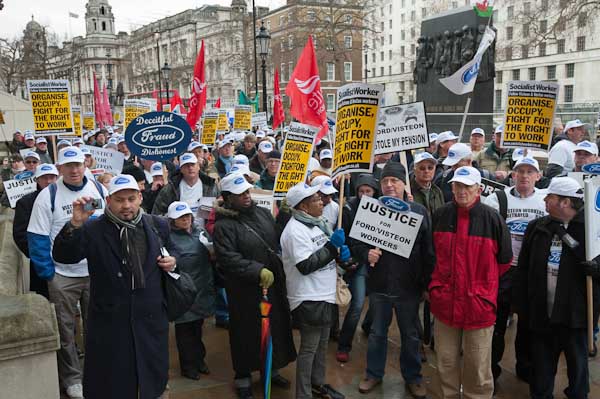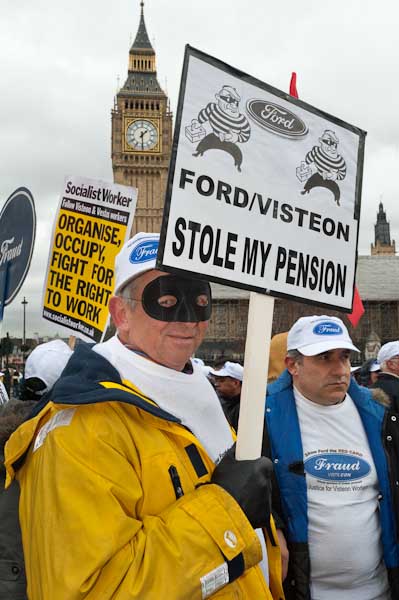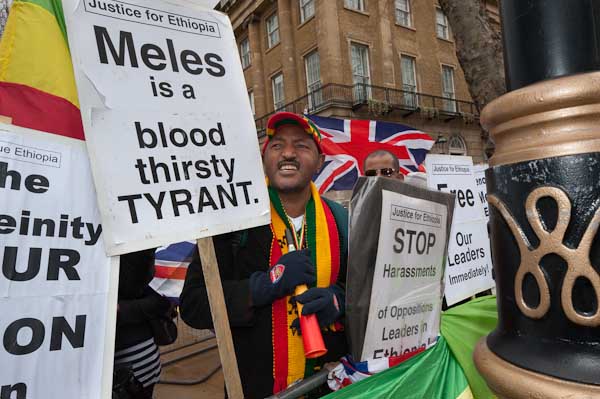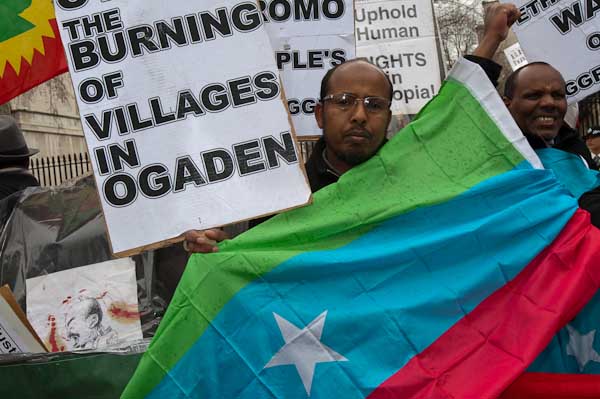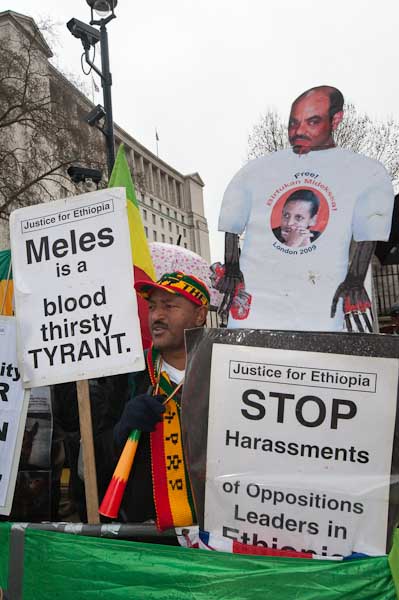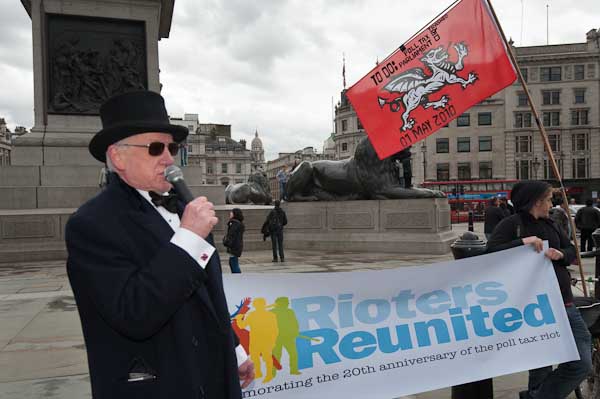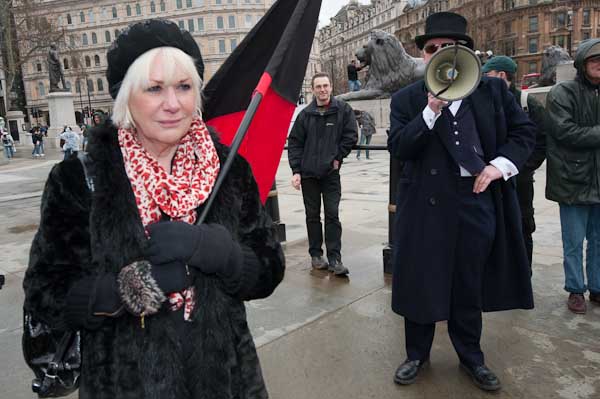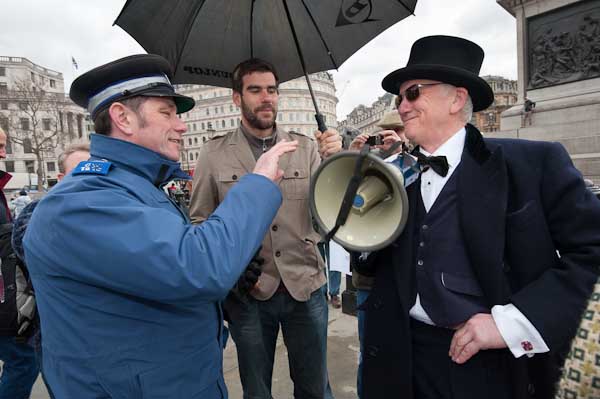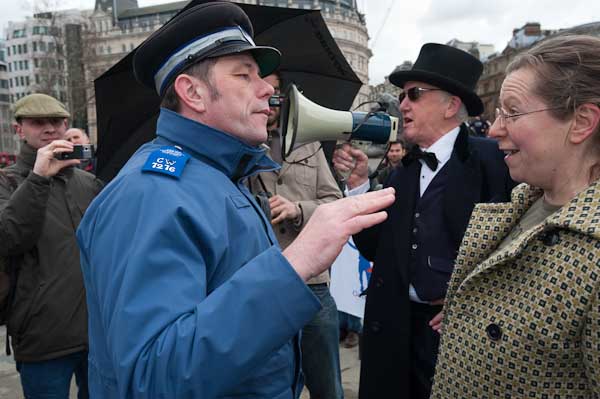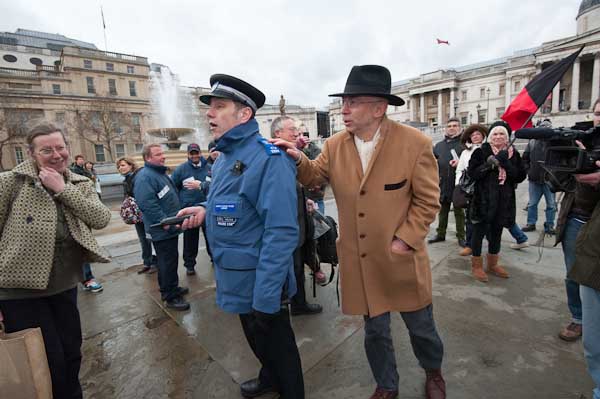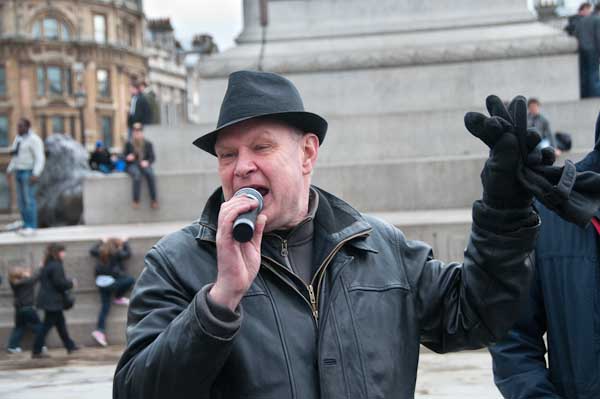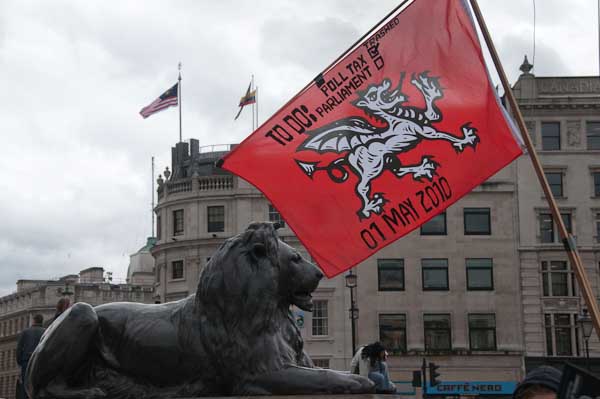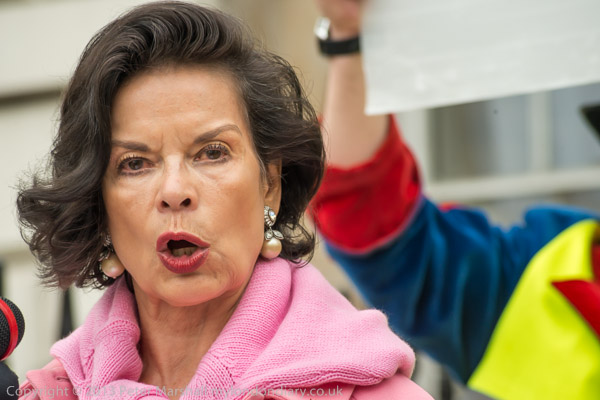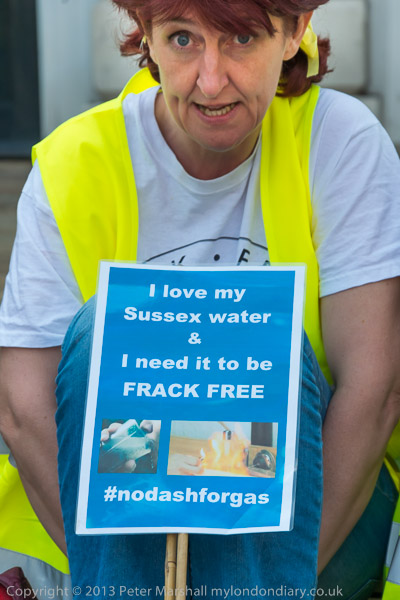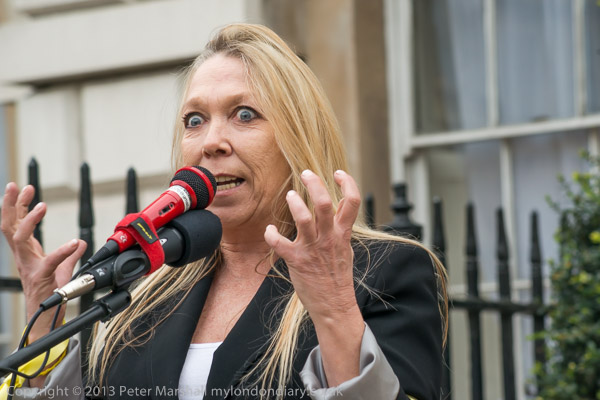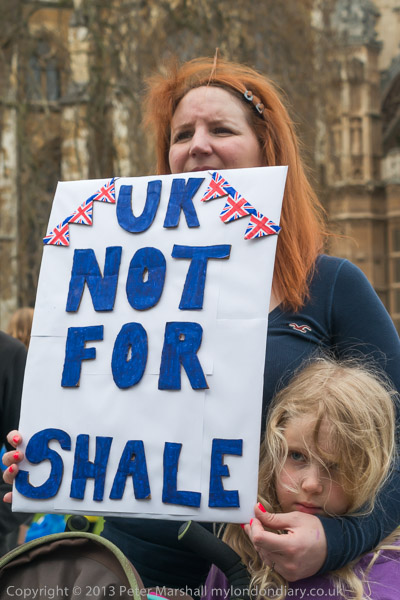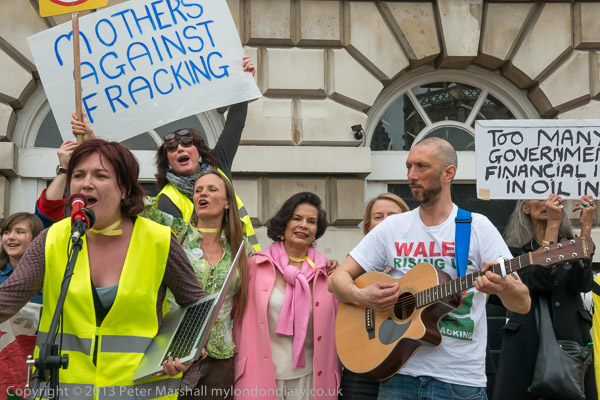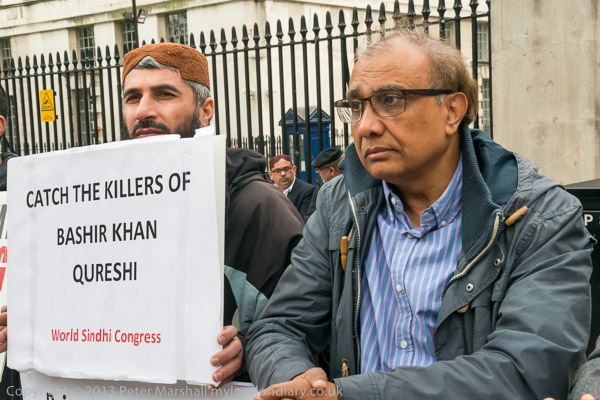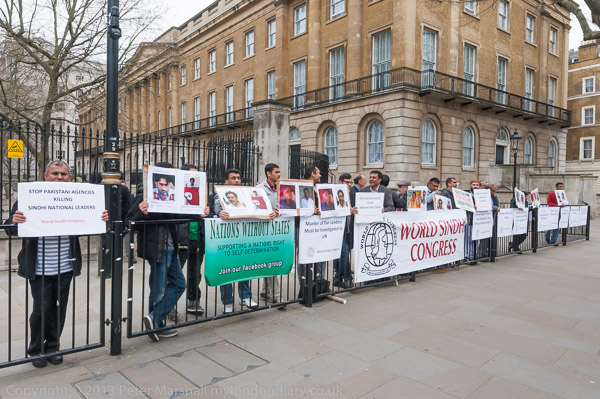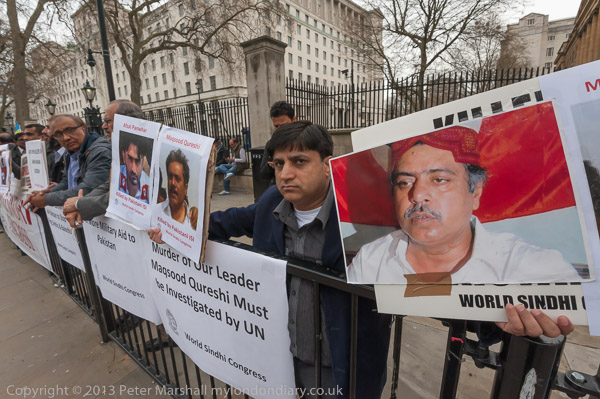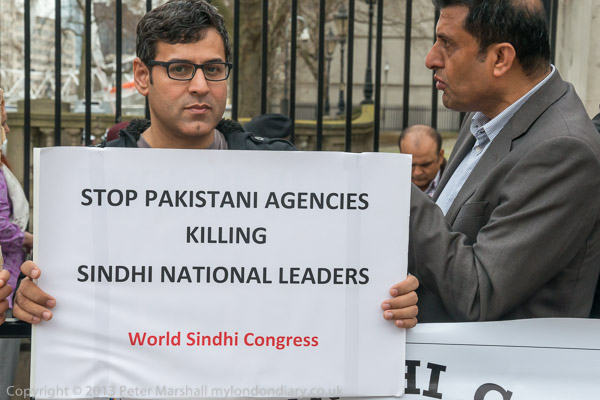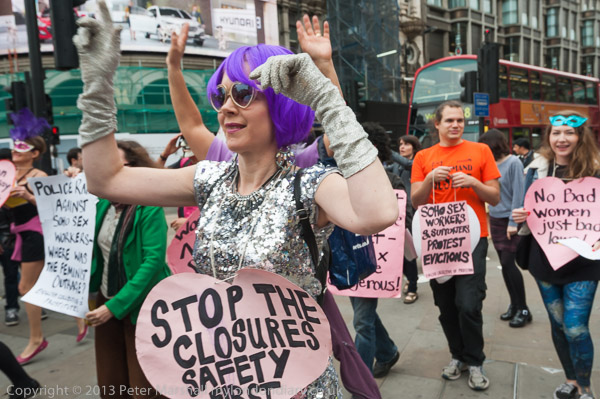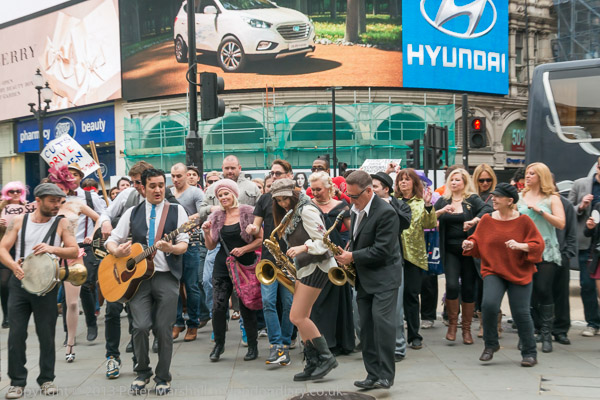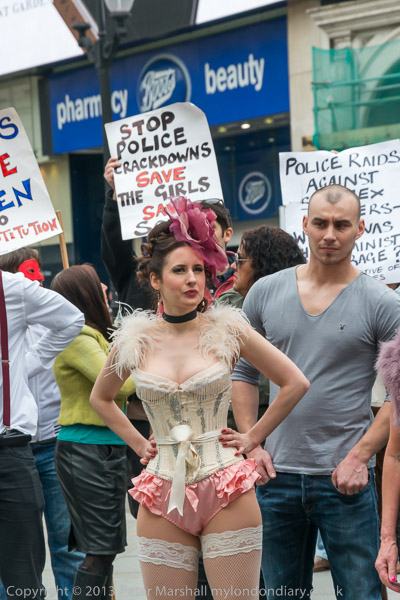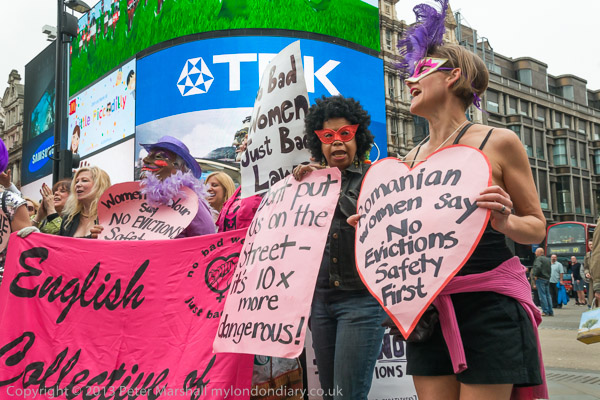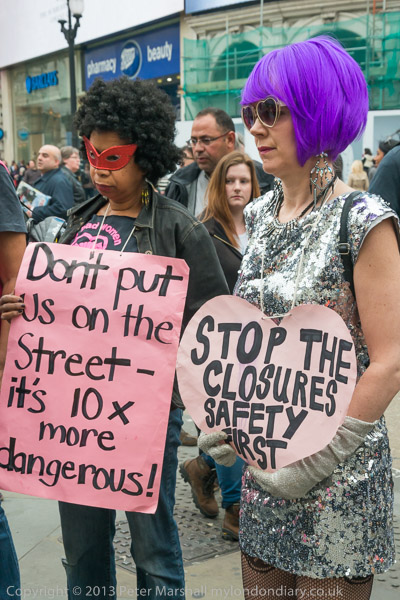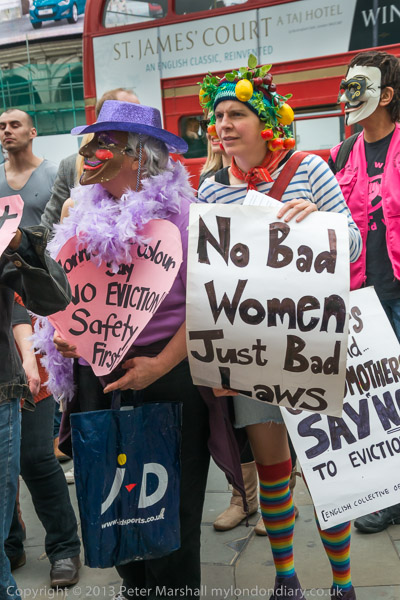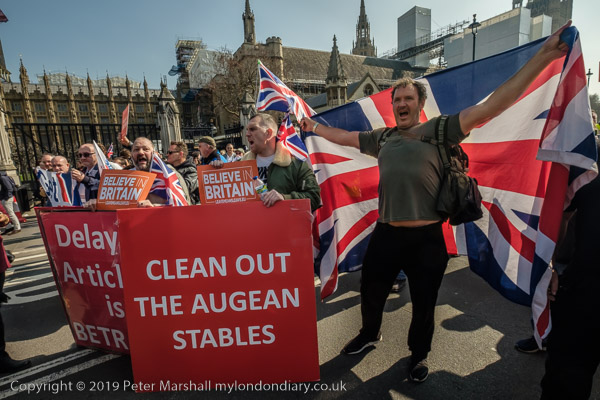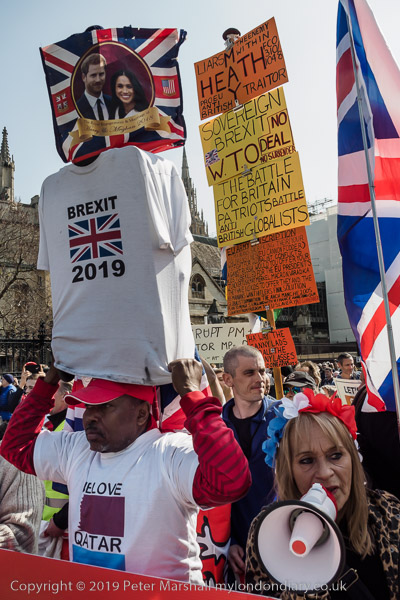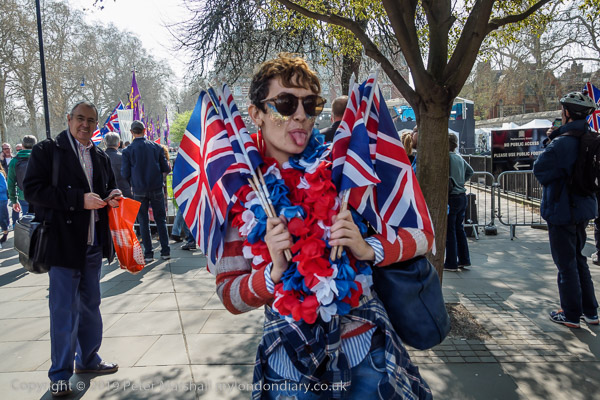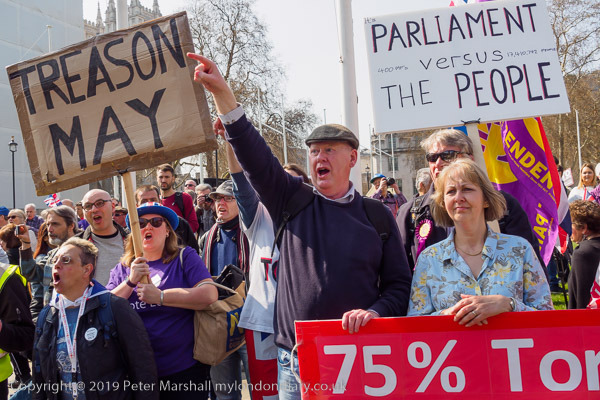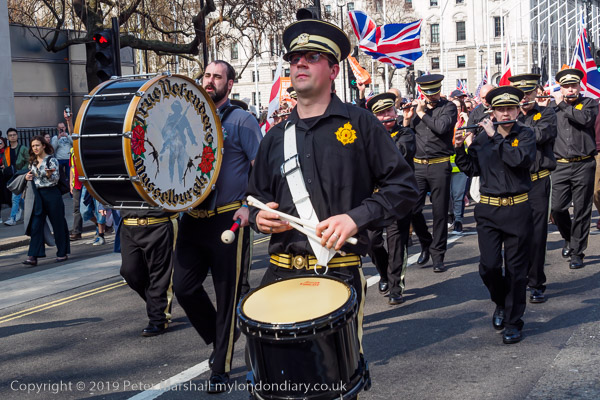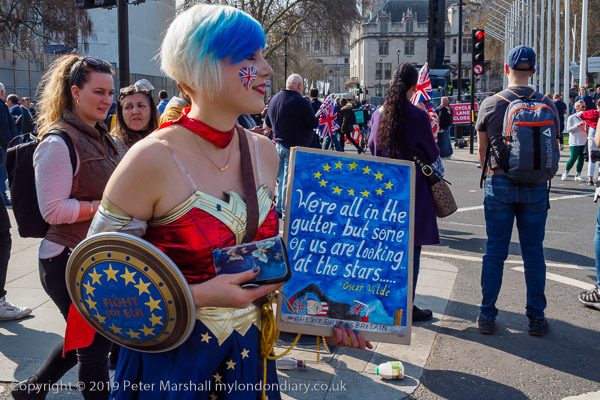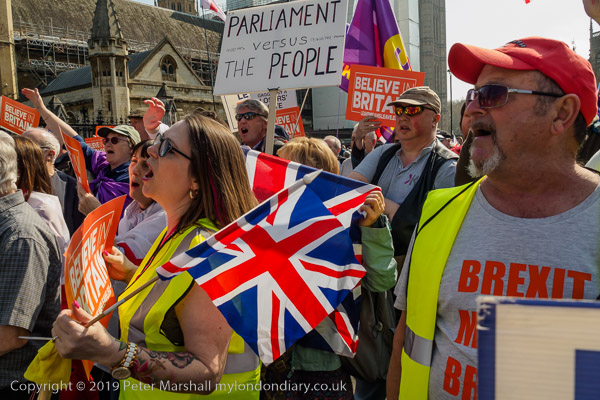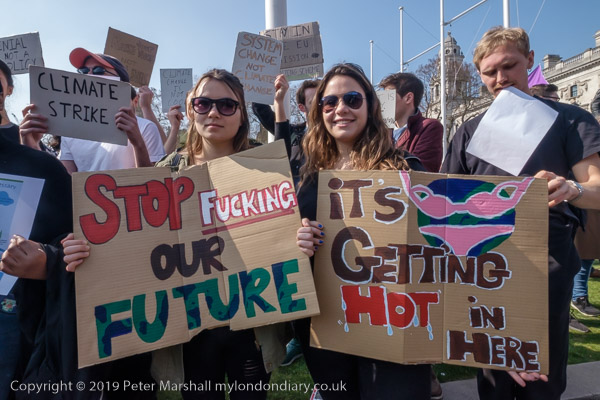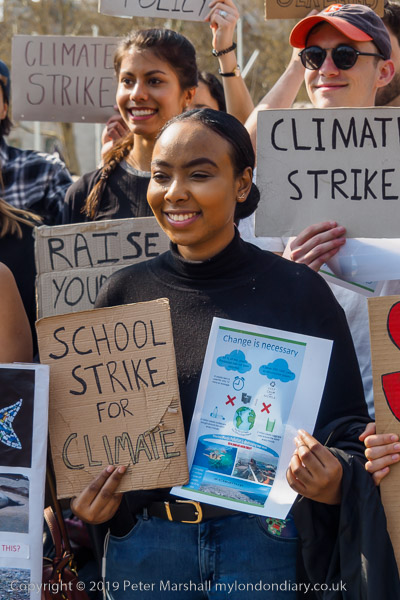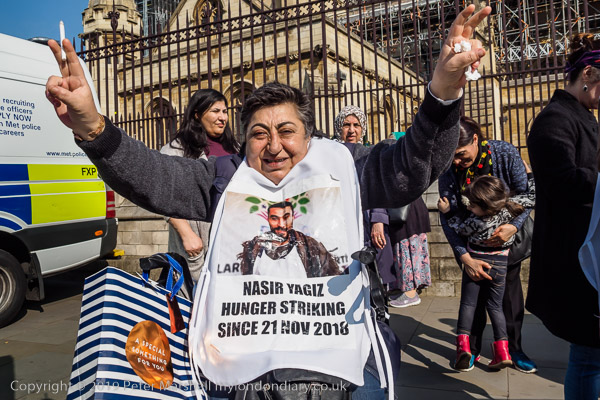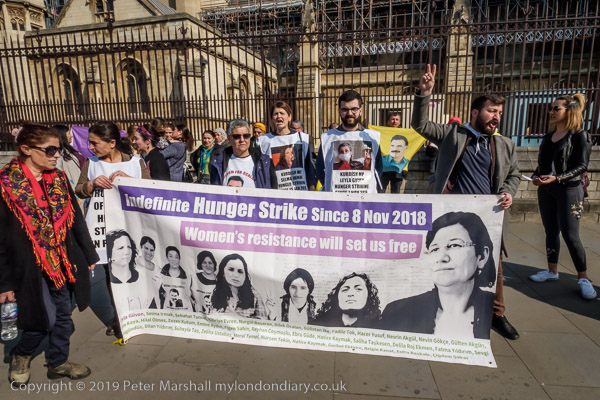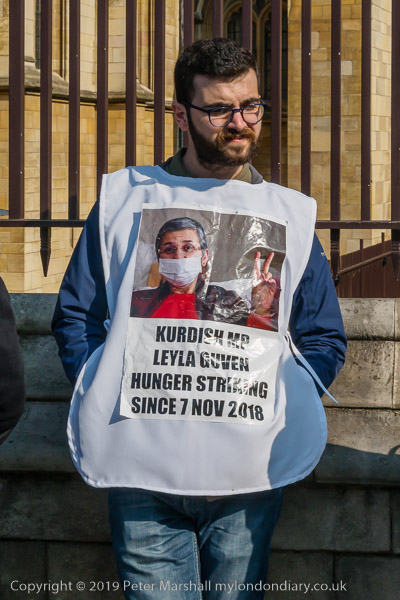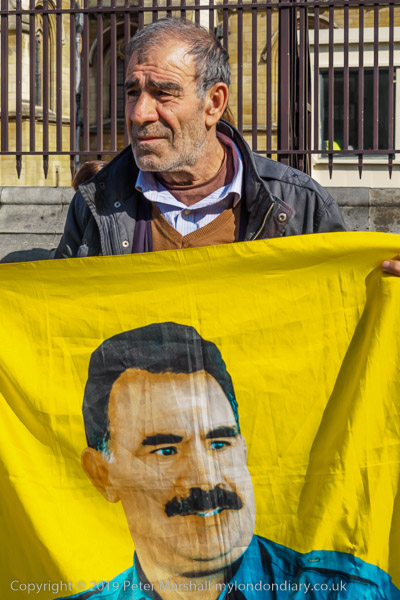Death Penality, Social Housing, Iraqi Killing and a Pillow Fight: Ten years ago on Saturday 6th April 2013 I photographed a Sikh vigil against the death penalty in India, a protest against the unfair ‘Bedroom Tax’ and benefit caps and demanding more social housing, Iranians calling for an enquiry into Iraqi attacks on Camp Liberty and finally a pillow fight.
Vaisakhi “Save a Live” Vigil – Old Palace Yard, Westminster
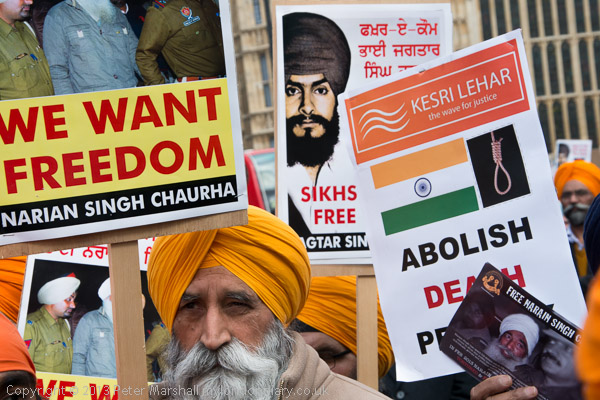
Thousands of protesters, mainly Sikh men, women and children came to Old Palace Yard opposite the Houses of Parliament to back the Kesri Lehar vigil against the death penalty in India.
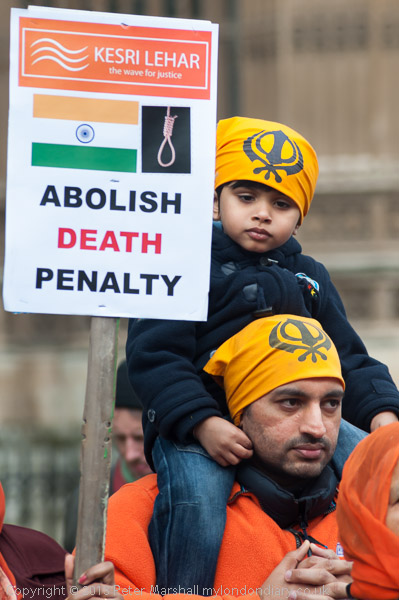
The Kesri Lehar or ‘I Pledge Orange’ campaign, takes its name from the colour which stands for sacrifice in the Indian flag and is also the colour of the Sikh flag and the dress worn by baptised Sikhs which makes Vaisakhi such a colourful festival. It began as on-line campaign by US-based Sikhs for Justice. Most of those attending the protest wore orange turbans or scarves to show their support for the campaign.
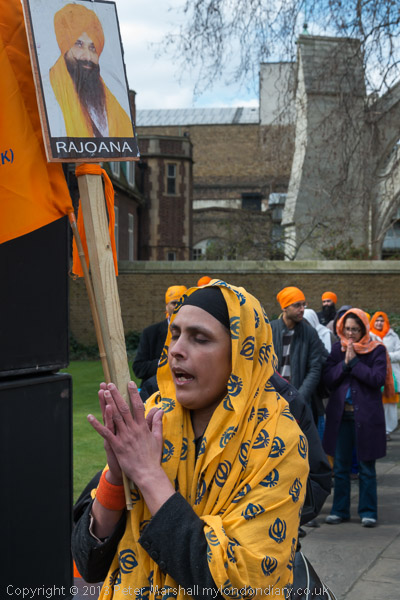
There were then around 480 prisoners in Indian jails sentenced to death, and protesters feared that some were about to be hanged. These included Balwant Singh Rajoana, sentenced in 2007 for his part in a suicide bomb attack which had killed a former Chief Minister of Punjab, Beant Singh and 17 others in 1995. He remains in jail in 2023.
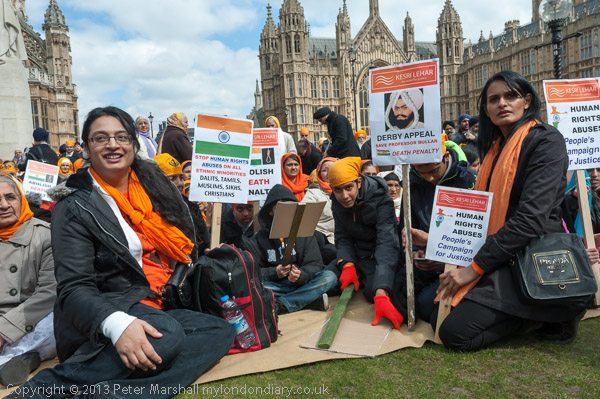
A large group from Derby had come in support of Professor Devender Pal Singh Bhullar who has been on death row in India for 18 years, for his alleged involvement in a car bomb in Delhi. His sentence was commuted to life imprisonment in 2014.
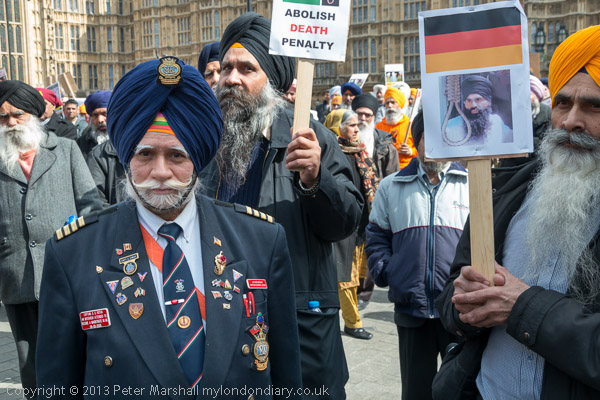
Sikhs were poorly treated when India and Pakistan were granted independence in 1947, with their homeland area being split across the border and most of those in jail are activists for an independent Sikh state of Khalistan. The India government has carried out a determined policy to stamp out Sikh separatists and Beant Singh who was assassinated is held by Siks to have been responsible for the extra-judicial killing of over 25,000 Sikh civilians during his period of office.
More at Vaisakhi “Save a Live” Vigil.
No to Bedroom Tax & Benefit Caps – Downing St
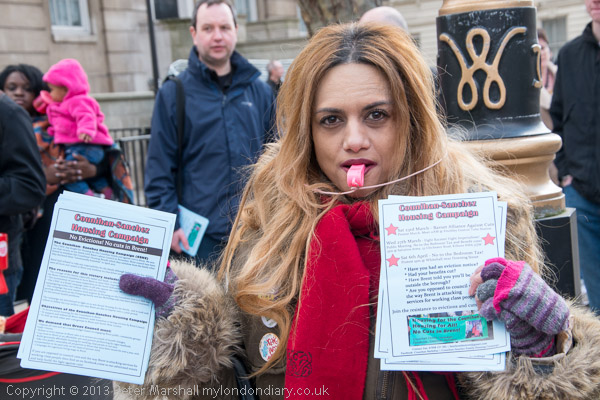
The Counihan-Sanchez Family Housing Campaign from Kilburn organised a protest opposite Downing St against the unfair Bedroom tax and benefit caps which are effecting so many people and called for the GLA and London councils to build more social housing.
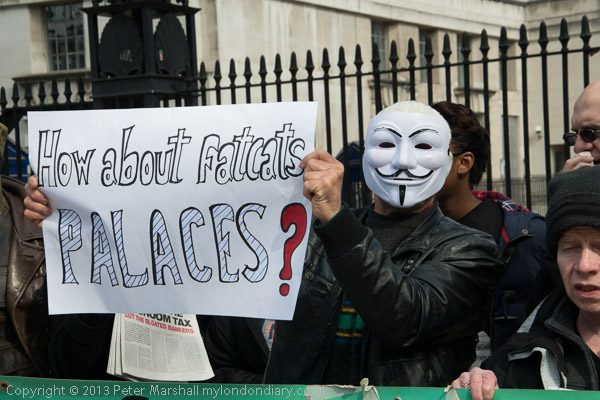
They and others spoke at the campaign about the problems in getting councils to provide proper housing, and the failures of our benefits system which leave many destitute and some desperate enough to kill themselves.
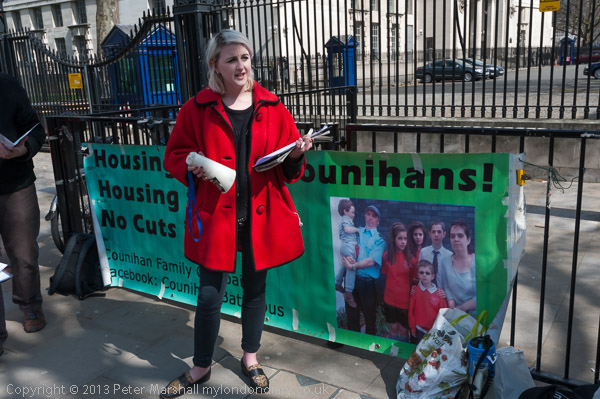
As I commented, “The huge housing problems in London come from the failure over the past thirty years to provide social housing for the many low paid workers that support the city and keep it running, with a housing benefit system that has simply acted as a subsidy for private landlords and driven up rents. The cap on benefit will do nothing to solve the problem, but just make life difficult or impossible for the poorest in our society. We need more social housing and an end to poverty pay and of course more jobs.“
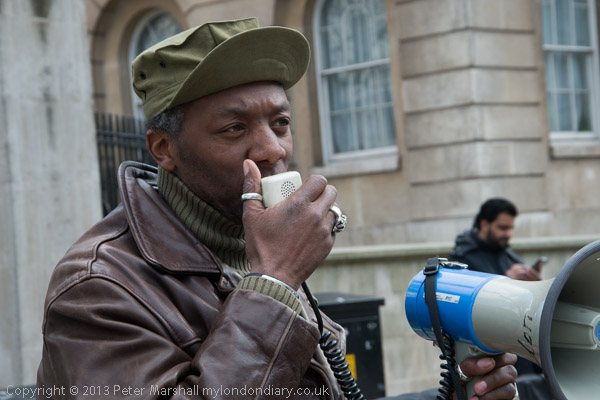
Ten years on things are certainly no better. Further changes in benefits including the move to Universal Credit have increased problems for many, local authority budgets have been further cut and the cost of living crisis has hit many more people. We do have more food banks, but many of these are finding it hard to cope with demand.
More at No to Bedroom Tax & Benefit Caps.
PMOI Protest Iraqi killings – Downing St
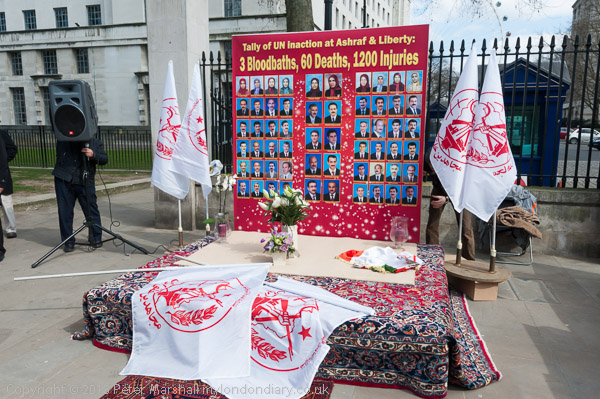
Also protesting at Downing Street were the People’s Mujahedin of Iran (PMOI). They called for an enquiry into the Iraqi attacks on Camp Liberty in February and previous attacks which have killed and injured many of them.
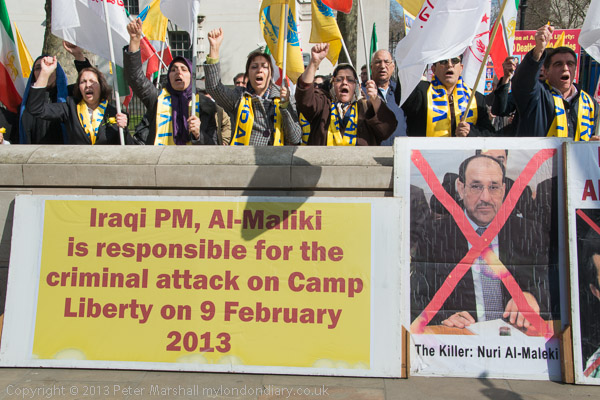
The PMOI, also known as the Mojahedin-e-Khalq (MEK) was founded in 1965 and took part in the 1979 Iranian revolution which deposed the Shah. Soon after they were in armed struggle with the Islamic Revolutionary Guards and had to take refuge in neighbouring Iraq, where Saddam Hussein gave it refuge.
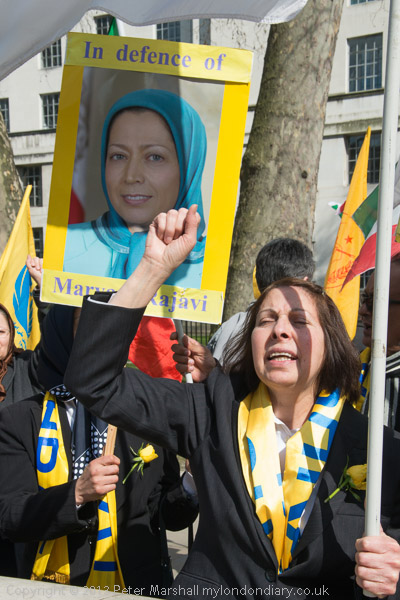
During the 2003 US-led invasion of Iraq they agreed a ceasefire with the US and gave up their arms – which included 19 Chieftain tanks – and became the majority in the Iranian parliament in exile, the National Council of Resistance of Iran (NCRI), with its base in Paris.
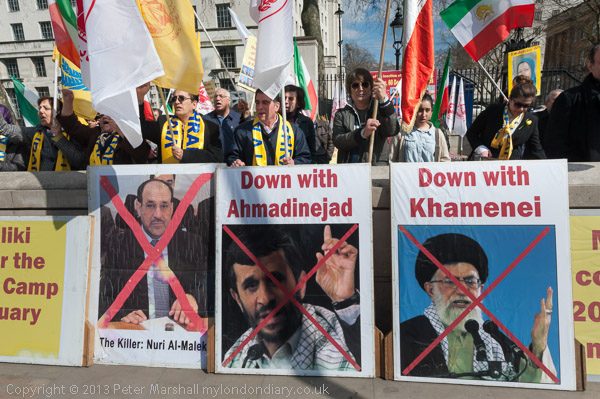
In Iraq the roughly 5000 MEK fighters were confined in the refugee Camp Ashraf, guarded by the US military and declared by the US as protected persons under the Fourth Geneva Convention. The camp was transferred to Iraqi control at the start of 2009, and in 2012 those remaining were transferred to the former US military base Camp Liberty in Bagdhad, renamed Camp Hurriya.
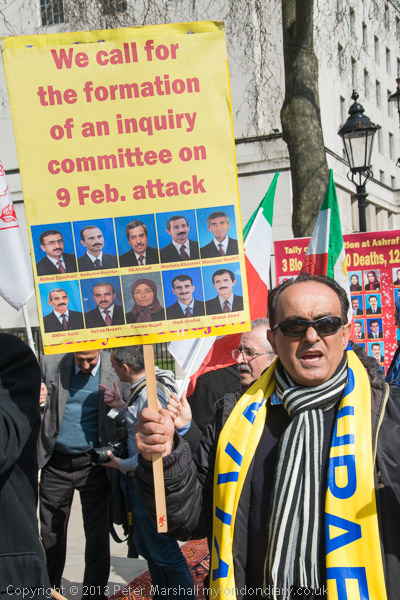
There had been many attacks by Iraqis on these camps, with deaths, injuries and arrests. In the most recent on 9th Febuary 2013, Iraqi mortars and rockets killed at least seven MEK members. The MEK has appealed to the UN Secretary General and the US for help and was at Downing Street to ask the UK government for support.
Feathers Fly in Trafalgar Square – Trafalgar Square
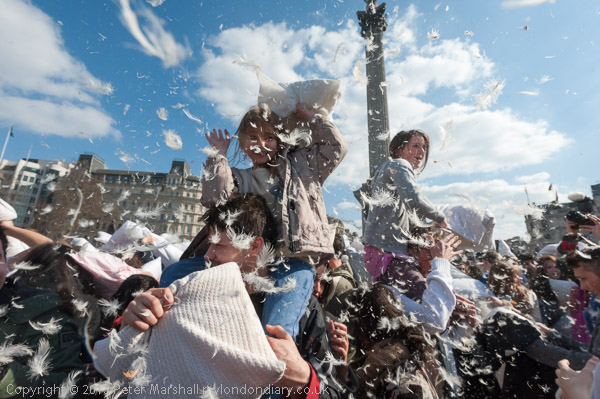
This had been designated World Pillow Fight day by the urban playground movement and this pillow fight was one of around 90 such events in cities around the world.
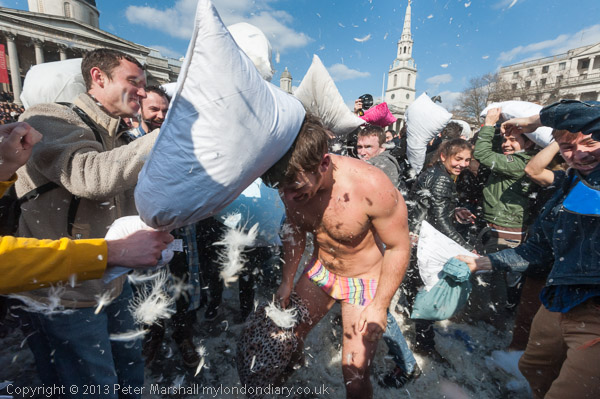
The urban playground movement aims to make cities into more public and social spaces by encouraging unique happenings like this pillow fight. It aims to help people move away from “passive, non-social, branded consumption experiences like watching television” and to consciously reject “the blight on our cities caused by the endless creep of advertising into public space.” They hope this will result in “a global community of participants, not consumers.“
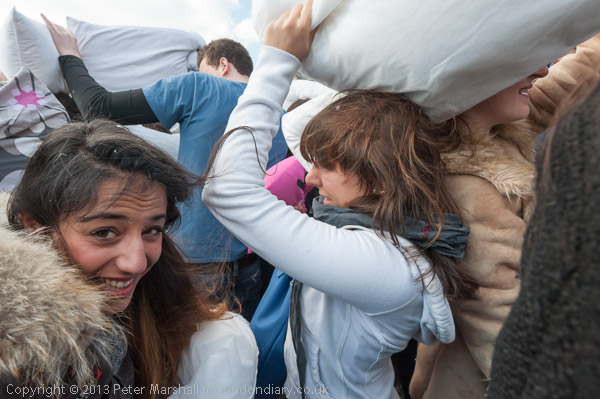
Despite once company bringing a team of young women and handing out prominently branded free pillows, this remained large an unbranded event, and hundreds turned up with their own pillows and cushions to take part.
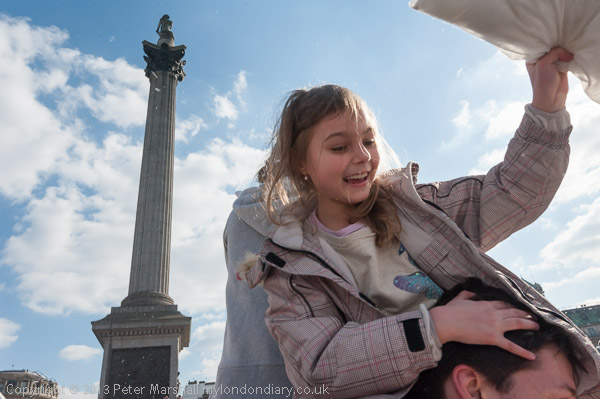
An earlier pillow fight had been planned for Hyde Park, but relatively few people had turned up and park police were able to prevent it taking place. But the numbers here – over 500 – made it impossible to stop. As well as the participants there were rather more who simply stood and watched. Which went against the spirit of the event, meant to be something to take part in rather than a spectacle.
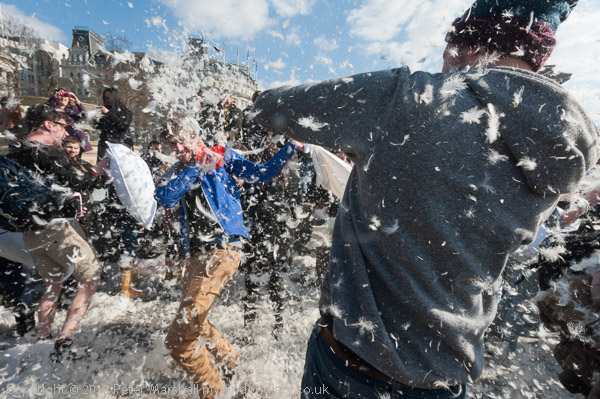
It started on time and a great deal of fun was certainly being had, with some at least of those taking part adhering to the ‘rule’ not to attack photographers. At first the air was clear, but then pillows began to break up and more and more feathers filled the air. After half an hour there was a brief break and then the fight recommenced, but I left for a nearby pub where the air was clearer.
Feathers Fly in Trafalgar Square
